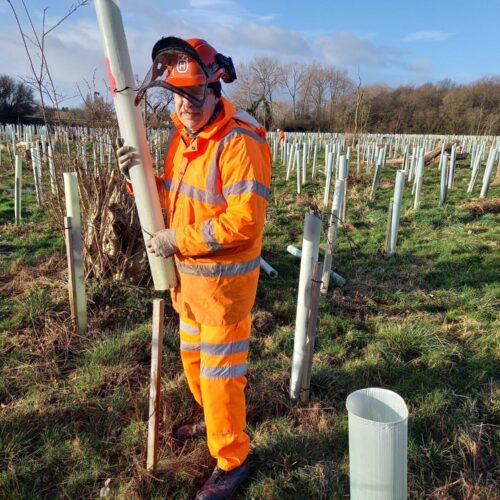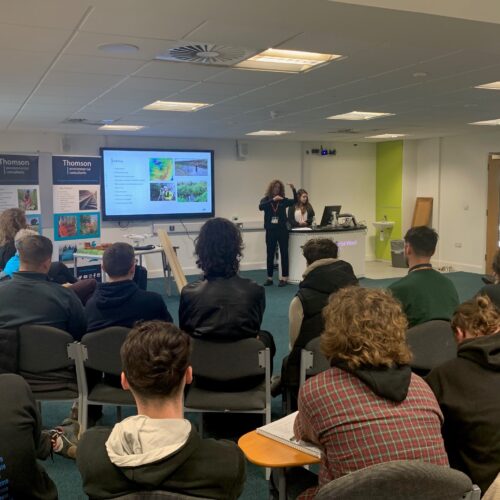The risk of flooding to coastal settlements around the UK is high and it’s on the rise. This is due to the effects of climate change seen in the rapid increase in sea level and extreme rainfall events. The earth’s atmosphere is warming, probably faster than it ever has before. Climates, natural environments and weather patterns are changing more quickly than people or wildlife can adapt.
Flood defences in the Adur district of West Sussex are currently not providing a high enough level of protection, and in some places are in poor condition. The Shoreham Adur Tidal Walls improvement scheme, designed and developed by the Environmental Agency, will provide protection against extreme weather events. The scheme is separated into 10 reaches, and defences in each reach have different designs to reflect the different characteristics, pressures and potential flood impacts.
We have been working on this scheme with Team Van Oord – which is a joint venture between Van Oord, Mackley, Kier and Royal Haskoning – since August 2016. In the “W5” reach, south-west of the River Adur, a steel sheet pilling wall is to be installed. Steel sheet piles are long structural sections, with a vertical interlocking system that creates a continuous wall. To enable the sheet pilling to be sunk into the bank, the Thomson Habitats team was instructed to clear vegetation along the footpath, adjacent to the houseboats. In this area, trees were removed with chainsaws, and shrubs and other plants were moved to new locations. Smaller vegetation on the ground was strimmed using brushcutters, which leaves minimal arisings and has a low ground impact.
When clearing vegetation, the time of year is key as it will impact on the ecology on site. It was extremely important to have these works completed ahead of the breeding bird season, to avoid disturbing nesting birds. Over-wintering birds, especially wading birds and gulls, are often found in this area.
Reptile hibernation season was coming to an end, and reptiles would soon be making an appearance. Results from a previous ecology survey found that common lizards were present in the W5 area, along with slow worms. Because we work very closely with ecologists, we have an excellent understanding of ecological constraints relating to vegetation clearance and other works. This knowledge and experience enabled us to successfully remove all the vegetation, without delay, and without risk to any reptiles or birds.
The works continue at Shoreham with the aim of completing the scheme in 2018. Previously, over 2,300 households and 150 commercial properties had been at significant risk of flooding, either from existing defences failing or from waves overtopping them. Due to the expected further rise in sea levels, this would have increased to over 4,400 households and 330 commercial properties by 2110. We will, along with many other contractors, continue our support in this scheme, bringing protection to the local shoreline, and consequently reducing future flood risks.
Image: Simon Carey











